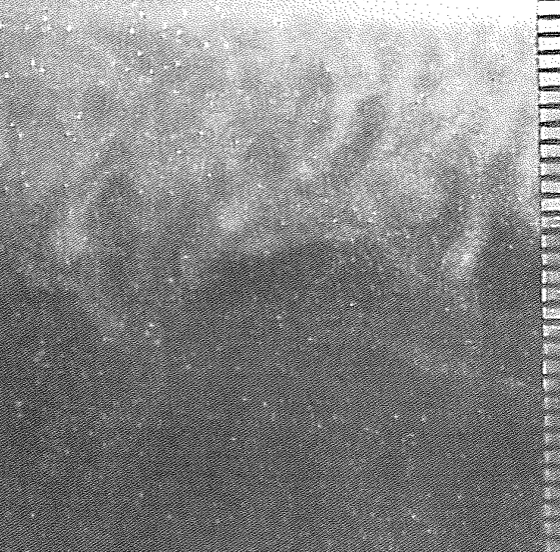
A series of laboratory experiments were conducted in order to elucidate the sediment-induced mixing processes accompanying riverine outflows, specifically, the discharge of a warm, fresh, particle-laden fluid over a relatively dense, cool brine. In a parameter regime analogous to recently acquired field measurements, hypopycnal (surface) plumes were subject to a convective instability driven by some combination of heat diffusing out of the warm, fresh, sediment-laden plume and particle settling within it. Convection was robust in the presence or absence of intense turbulence, at sediment concentrations as low as 1 kg/cubic meter, and took the form of millimetric sediment-laden fingers descending from the base of the surface plume. A consequence of the convective instability of the original hypopycnal plume is the generation of a hyperpycnal (bottom-riding) flow. The experiments presented here indicate that natural river outflows may thus generate bottom-riding plumes when sediment concentrations are 40 times less than those required to render the outflow heavy relative to the oceanic ambient. The resulting hyperpycnal plumes may play an important role in transporting substantial quantities of sediment to the continental slope and beyond.
See paper here: Parsons, Syvitski & Bush, Sedimentology (2001)
